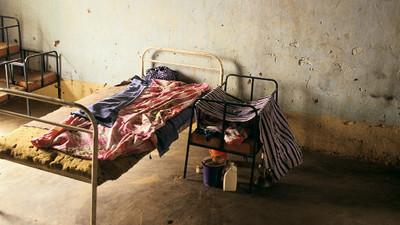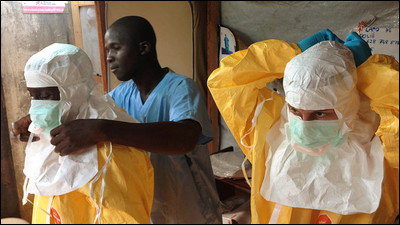Doctors and nurses of medical institutions that have become the forefront of the new coronavirus talk about `` fierce inside ''

In countries where the outbreak of the new type of coronavirus infection (COVID-19) continues, the burden on medical institutions is increasing, and on-site doctors and nurses are forced to work in harsh environments. In New York State, which is the epidemic center in the United States, as of April 7, 2020,
On shift in a New York hospital overwhelmed by coronavirus patients-YouTube
At the Maimonides Medical Center in Brooklyn, New York City, medical personnel entering COVID-19 patients' rooms must wear disposable protective clothing.
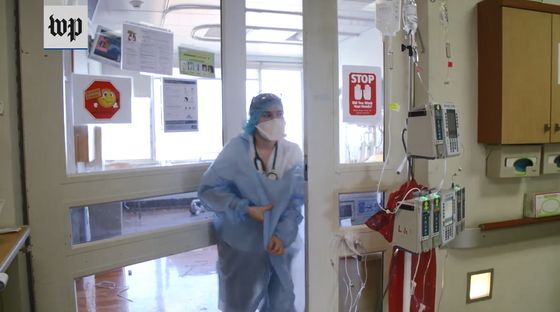
When you enter the hallway from the ward, throw away the used protective clothing in the trash.
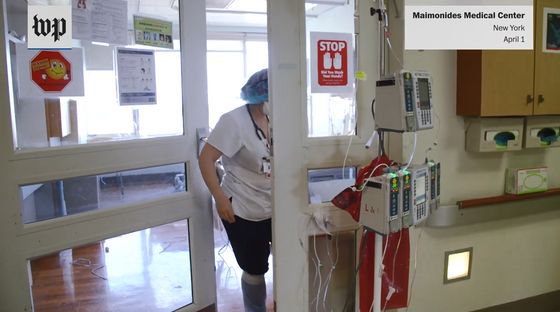
Then disinfect your hands with the disinfectant provided. It seems to be strict to prevent nosocomial infections.

'This is the battlefield. We've turned from nurses to soldiers,' says Janett Perez, a nurse at the Maimonides Medical Center.
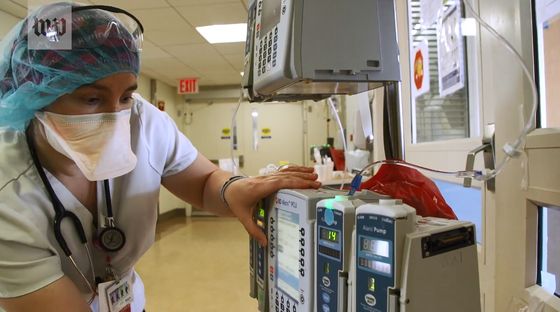
It is true that they are afraid of COVID-19, but all the nurses are responsible for the patients and they are working together to cope.
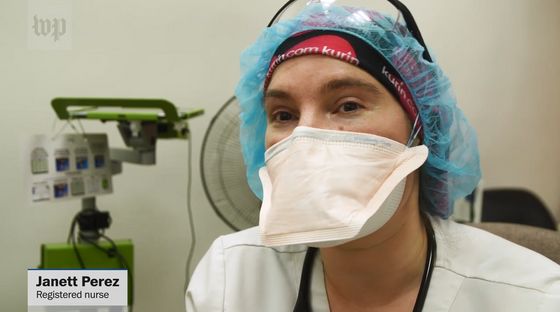
The Maimonides Medical Center is seeing a surge of COVID-19 patients, and more than 80% of the 600 adult patients hospitalized as of April 1 are COVID-19 patients.
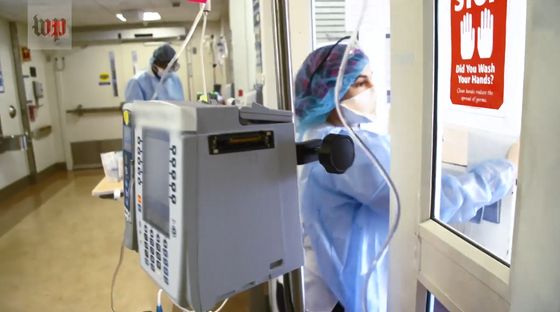
To address COVID-19, the Maimonides Medical Center has changed its existing policy to prohibit visiting guests, including their families, from entering their rooms.
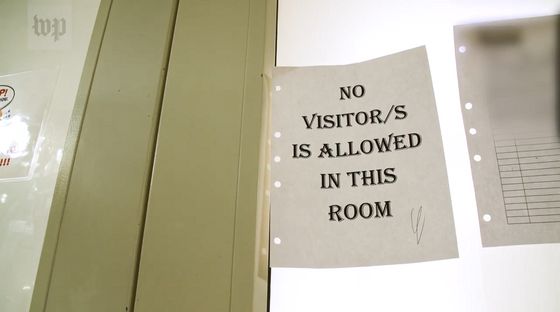
'It was a difficult decision, but it was necessary to keep patients safe,' Perez says.

You can usually see family members around the patient's bed, but in situations where there is a risk of transmission of the new coronavirus, no family members can be near the patient.

Nurse Cheryl Martines said that when he needed to get close to the patient, he said, 'I am here. You are not alone.'
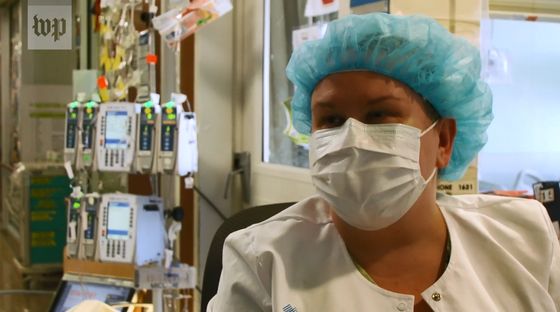
In order to minimize the need for healthcare professionals to come in contact with patients, IV bags and monitors are carried out to the corridors so that patients can be checked without having to enter the room. This measure not only helps to keep healthcare workers safe, but also helps to save as much protective equipment as possible, such as disposable masks, each time they enter or leave the room.

“Everyone is afraid,” said Monica Ghitan, an infectious disease specialist at the Maimonides Medical Center, who expressed his expression.
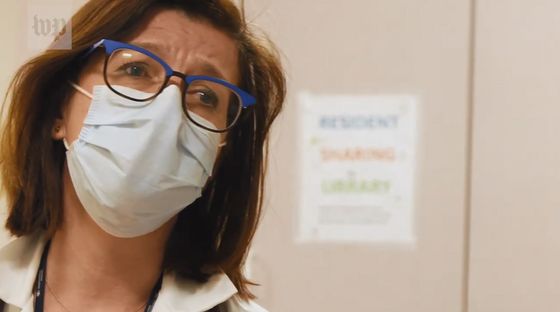
As many patients die every day, Ghitan seems to feel helpless.

It is a pleasure for doctors with infectious diseases to treat patients and return home in good health, but there is little that COVID-19 patients can do.
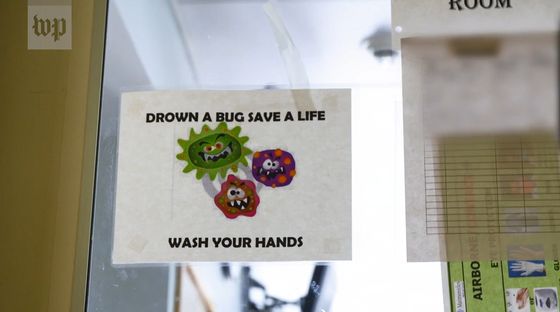
'It looks like my breasts are torn,' says Ghitan.
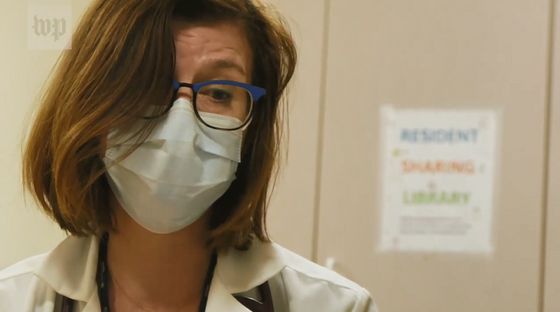
Omar Taha, a specialist in lung disease and emergency medicine, commented that he could not afford to be beaten or emotionally upset in the toughest conditions. In an urgent medical setting, nurses and doctors need to deal like soldiers.
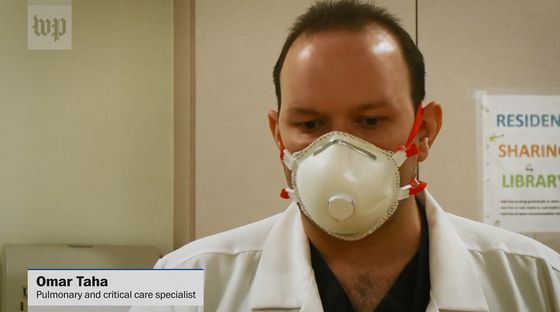
Health workers pray to their gods each morning and work as a team.

Many COVID-19 patients die, but some survive. Medical professionals seem to be treating their patients with hope without giving up their lives.
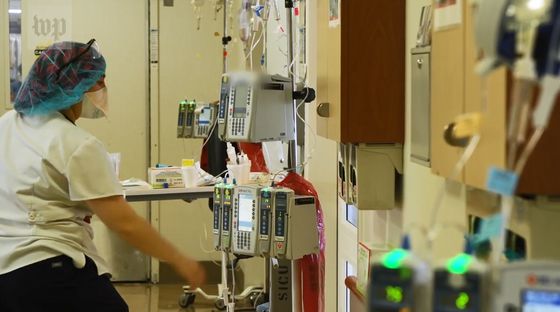
Also, Matthew Bai, who is treating COVID-19 patients as an emergency physician at
New York City doctor: 'The things that I see in the ER are scary'-YouTube
Bai's face talking to the camera looks tired, stating that the work shift is about to begin at 7am. Bai expects that he will definitely be as busy as yesterday or more today.
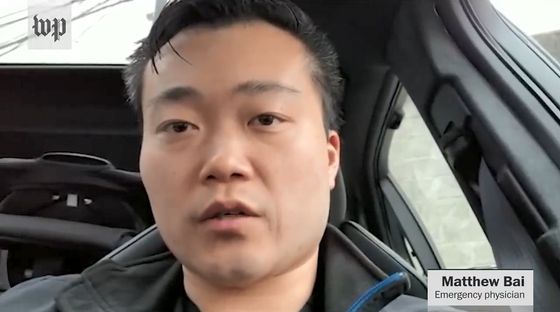
Bai, who has a 17-month-old daughter, decided to temporarily live in another apartment to protect her family after talking with her wife. Separate living will continue until the end of the crisis in COVID-19, but Bai says he doesn't know how long he will be unable to see his family.

Mr. Bai took out a protective N95 mask at a hospital-like changing room.
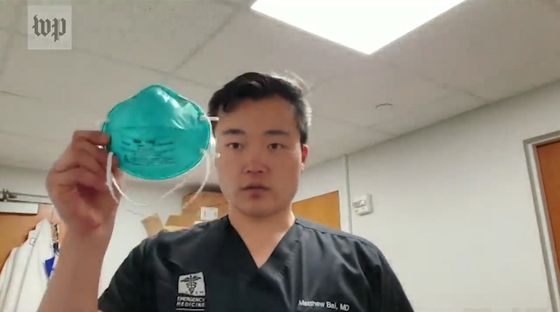
It seems that the N95 mask is hard to breathe, but he wears it all the time during the shift to protect himself from particles in the air.
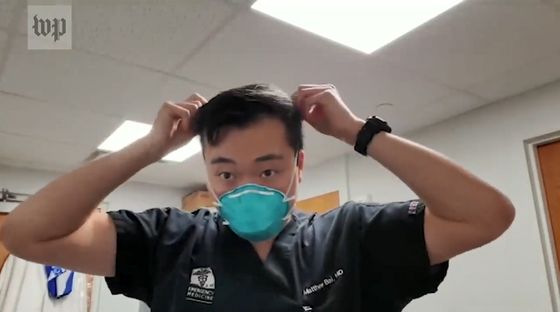
In addition, Bai put another mask over the N95 mask. The mask is doubled to prevent splashes from attaching.
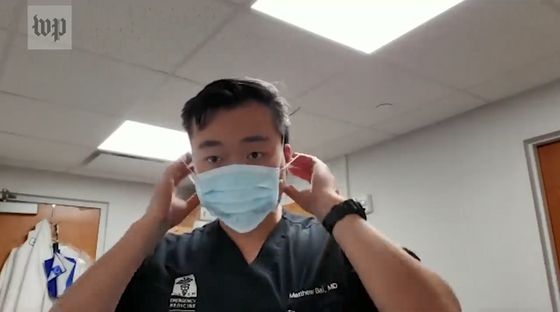
Finally, goggles are provided to protect your eyes from splashing. This state seems to be the basic equipment during working hours.
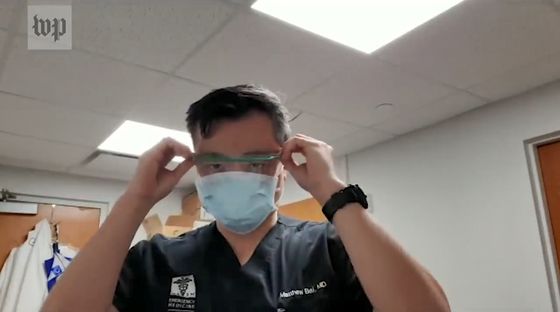
Mr. Bai says that when performing tasks with a high risk of infection, such as wearing a respirator, he wears a full-face mask in addition to basic equipment to prevent infection.
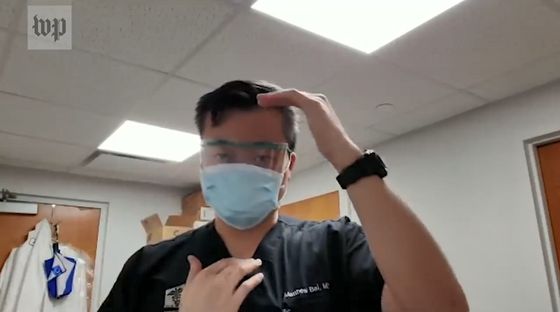
The halls, which are usually empty, are full of people, and some patients are sleeping on beds that are quickly installed in the hallways. In this tough situation, doctors and nurses are doing their best to save their patients.
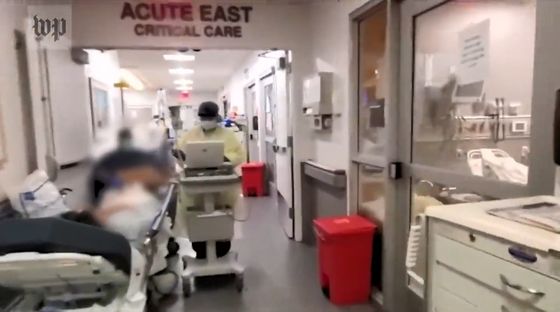
After the shift, Bai looks very tired. Originally, the shift was supposed to end at 17:00, but he continued to work until 19:00 due to the patient's response.

There is a mask mark on the cheek, and the nose rubbed with the mask is also red. Bai says he did his best to save the patient, and the situation at the critical care center (ER) is horrible.

However, support personnel have arrived from Wisconsin and other parts of the United States to help with the crisis in New York medical institutions. The situation will be even more challenging over the next two weeks, and although the situation is not easy, Bai said healthcare professionals will do their best to save as many patients as possible.
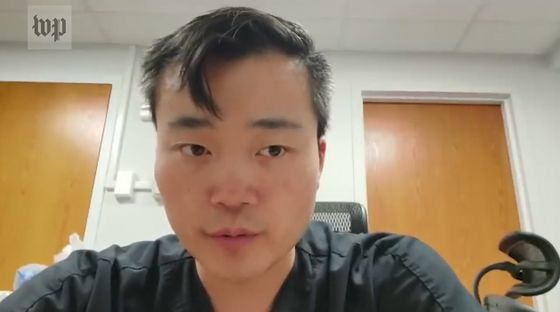
Related Posts:
in Video, Posted by log1h_ik
